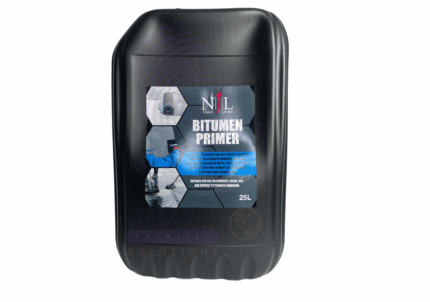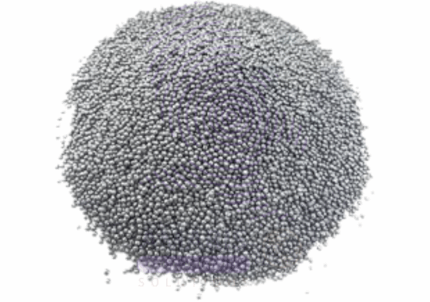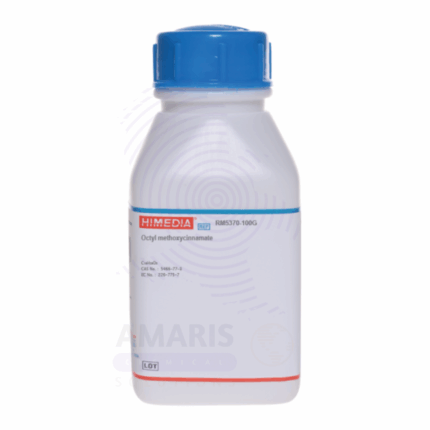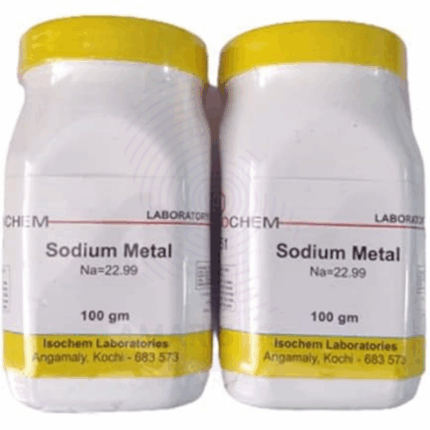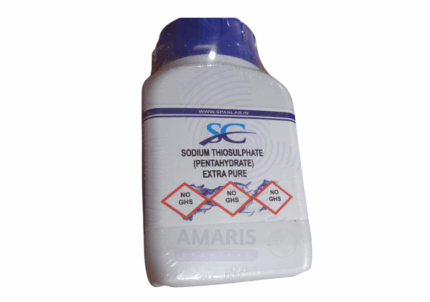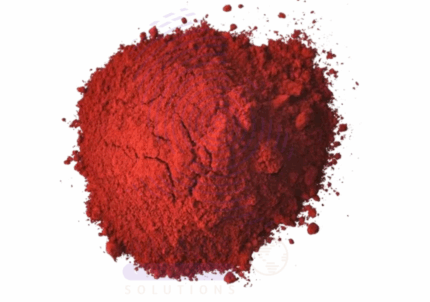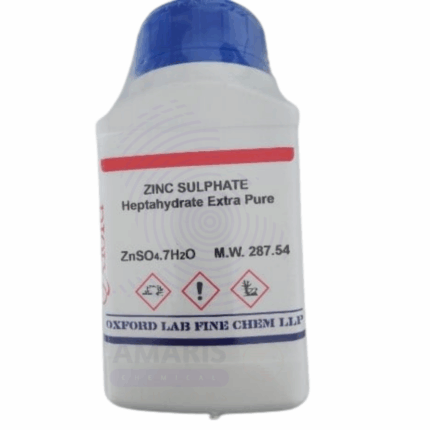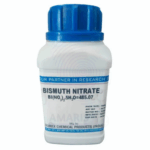
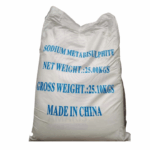
Bitter Masking Pharmaceutical Liquid Flavors Extra Pure
$ 15.00 Original price was: $ 15.00.$ 14.56Current price is: $ 14.56.
Bitter Masking Pharmaceutical Liquid Flavors Extra Pure is a high-quality formulation designed to effectively mask unpleasant or bitter tastes in oral pharmaceutical preparations during laboratory research and development. This flavoring agent is essential in the compounding of liquid medications, syrups, and suspensions, particularly for pediatric and geriatric studies, where palatability is crucial for compliance. It is crafted to maintain chemical compatibility with active ingredients while preserving the stability and efficacy of the formulation. The extra pure grade ensures low impurity levels, consistent performance, and safety in sensitive pharmaceutical applications. It should be stored in a tightly sealed container, away from light and heat, to preserve its flavor integrity and quality.
Bitter Masking Pharmaceutical Liquid Flavors Extra Pure
Primary Uses
- Flavor Masking in Oral Pharmaceutical Formulations
- Used to neutralize or reduce bitterness in liquid medications, syrups, and suspensions, especially those containing APIs with unpleasant taste (e.g., antibiotics, alkaloids).
- Sensory Evaluation and Taste Panel Testing
- Employed in controlled organoleptic studies to optimize flavor profiles of new drug formulations, ensuring patient compliance.
- Prototype Development in Pediatric and Geriatric Medicines
- Added during lab-scale formulation of palatable dosage forms tailored to sensitive populations who often reject bitter medicines.
- Stability Testing of Flavored Compounds
- Used in accelerated and real-time stability testing to assess flavor retention and interaction with active pharmaceutical ingredients (APIs).
Secondary Uses
- Training Aid in Pharmaceutical Compounding Education
- Demonstrates taste-masking strategies to pharmacy and formulation science students in practical lab courses.
- Comparative Studies of Masking Agents
- Used in research comparing natural vs synthetic flavor masks, or evaluating efficacy against different bitter compounds.
- Veterinary Pharmaceutical Testing
- Assessed in lab formulations for animal medications, where bitterness must also be suppressed for oral administration.
- Nutraceutical & Supplement Development
- Sometimes tested in liquid dietary supplements or herbal extracts that require taste masking.
| PACK SIZE |
500ml glass bottle |
|---|
1. Basic Identification Attributes
- Product Name: Bitter Masking Pharmaceutical Liquid Flavors (Extra Pure)
- General Description: A specialized liquid flavor formulation designed to mask bitterness in pharmaceutical and nutraceutical preparations for lab development and formulation work.
- CAS Number: Mixture – not assigned a single CAS (contains natural and/or synthetic flavoring agents)
- HS Code: 3302.10.90 (Mixtures of odoriferous substances for industrial use)
- Composition:
- Blend of food-grade or pharmaceutical-grade esters, aldehydes, alcohols, and emulsifiers
- May include vanillin, ethyl maltol, glycyrrhizin, or sucralose derivatives (non-active ingredients)
2. Physical & Chemical Properties
- Physical State: Liquid
- Appearance: Clear to slightly amber liquid
- Odor: Mild to strong sweet or fruity aroma
- Boiling Point: Varies (approx. 80–150 °C depending on formulation)
- Density: ~0.9–1.1 g/cm³
- Solubility:
- Water: Miscible or partially miscible (depends on emulsifier content)
- Ethanol: Generally soluble
- pH (if aqueous): ~5.0–7.0
- Flash Point: May vary (check SDS – typically 60–100 °C for components)
- Vapor Pressure: Low to moderate depending on volatiles
- Viscosity: Low to medium (syrup-like if sugar alcohols included)
3. Safety & Hazard Attributes
- Hazard Class (GHS): Typically Not classified as hazardous if food/pharma-grade
- May contain trace components with mild irritant potential
- GHS Pictograms: None normally required
- NFPA Ratings (typical for flavoring liquids):
- Health: 1
- Flammability: 2 (if alcohol-based)
- Reactivity: 0
- Exposure Limits:
- No established exposure limits for blends
- Avoid inhalation of concentrated vapors
- Reactivity:
- Stable under normal conditions
- Avoid high heat or open flame if alcohol-based
4. Storage & Handling Attributes
- Storage Conditions:
- Store in a cool, dry area
- Protect from light and air exposure
- Keep tightly sealed
- Incompatible Materials:
- Strong oxidizers, acids, or alkalis
- Container Type:
- Amber glass or food-grade HDPE containers recommended
- Shelf Life:
- Typically 12–24 months unopened
- Special Handling Requirements:
- Use gloves and safety glasses when handling in concentrated form
- Work in well-ventilated area
5. Regulatory & Compliance Attributes
- Regulatory Status:
- GRAS (Generally Recognized As Safe) if used in permitted concentrations
- Compliant with pharmacopeia/USP excipient use guidelines (when specified)
- Transportation Restrictions:
- Generally non-hazardous for shipping
- If alcohol-based, may require flammable labeling
- Waste Disposal Method:
- Small quantities may be flushed with plenty of water
- Large quantities should be disposed of according to local environmental regulations
6. Environmental & Health Impact
- Ecotoxicity: Minimal in small lab volumes
- Persistence in Environment: Depends on organic components; generally biodegradable
- Carcinogenicity/Mutagenicity: Not known to be carcinogenic (individual components assessed)
- Biodegradability: Most components readily biodegradable
SAFETY PRECAUTIONS
- Personal Protective Equipment (PPE):
- Wear lab coat, disposable gloves, and safety goggles.
- Ensure good ventilation or work under a fume hood.
- Handling:
- Avoid inhalation and direct contact with skin or eyes.
- Keep away from heat, open flames, and oxidizers.
- Handle with clean instruments to avoid contamination.
- Storage:
- Store tightly sealed in a cool, dry place, away from direct sunlight.
- Avoid extreme temperatures and exposure to air, which may degrade flavor integrity.
- Keep away from reactive substances (e.g., strong acids/bases or oxidizers).
- Hygiene Measures:
- Wash hands thoroughly after handling.
- Do not eat, drink, or smoke in the laboratory area.
FIRST AID MEASURES
- Inhalation:
- Remove to fresh air.
- If discomfort or irritation persists, seek medical attention.
- Skin Contact:
- Wash with soap and water.
- Seek medical advice if irritation develops.
- Eye Contact:
- Rinse thoroughly with water for at least 15 minutes.
- Seek medical help if symptoms persist.
- Ingestion:
- Rinse mouth with water (if conscious).
- Although generally considered non-toxic in small quantities, seek medical attention due to concentrated formulation.
FIRE FIGHTING MEASURES
- Extinguishing Media:
- Use CO₂, dry chemical, or alcohol-resistant foam.
- Water spray may be used to cool surroundings, but not directly on product.
- Fire Hazards:
- May be flammable, depending on solvent base (often alcohols or esters).
- Combustion may release irritating vapors or toxic fumes.
- Protective Equipment:
- Wear self-contained breathing apparatus (SCBA) and full fire protective gear.


 Preservatives(food)
Preservatives(food) Flavor Enhancers
Flavor Enhancers Acidulants
Acidulants Sweeteners
Sweeteners Antioxidants
Antioxidants Colorants(food)
Colorants(food) Nutraceutical Ingredients (food)
Nutraceutical Ingredients (food) Nutrient Supplements
Nutrient Supplements Emulsifiers
Emulsifiers
 Collectors
Collectors Dust Suppressants
Dust Suppressants Explosives and Blasting Agents
Explosives and Blasting Agents Flocculants and Coagulants
Flocculants and Coagulants Frothers
Frothers Leaching Agents
Leaching Agents pH Modifiers
pH Modifiers Precious Metal Extraction Agents
Precious Metal Extraction Agents
 Antioxidants(plastic)
Antioxidants(plastic) Colorants (Pigments, Dyes)
Colorants (Pigments, Dyes) Fillers and Reinforcements
Fillers and Reinforcements Flame Retardants
Flame Retardants Monomers
Monomers Plasticizers
Plasticizers Polymerization Initiators
Polymerization Initiators Stabilizers (UV, Heat)
Stabilizers (UV, Heat)
 Antifoaming Agents
Antifoaming Agents Chelating Agents
Chelating Agents Coagulants and Flocculants
Coagulants and Flocculants Corrosion Inhibitors
Corrosion Inhibitors Disinfectants and Biocides
Disinfectants and Biocides Oxidizing Agents
Oxidizing Agents pH Adjusters
pH Adjusters Scale Inhibitors( water)
Scale Inhibitors( water)
 Antioxidants(cosmetic)
Antioxidants(cosmetic) Emollients
Emollients Fragrances and Essential Oils
Fragrances and Essential Oils Humectants
Humectants Preservatives
Preservatives Surfactants(cosmetic)
Surfactants(cosmetic) Thickeners
Thickeners UV Filters
UV Filters
 Fertilizers
Fertilizers Soil Conditioners
Soil Conditioners Plant Growth Regulators
Plant Growth Regulators Animal Feed Additives
Animal Feed Additives Biostimulants
Biostimulants Pesticides (Herbicides, Insecticides, Fungicides)
Pesticides (Herbicides, Insecticides, Fungicides)
 Active Pharmaceutical Ingredients (APIs)
Active Pharmaceutical Ingredients (APIs) Excipients
Excipients Solvents(pharmaceutical)
Solvents(pharmaceutical) Antibiotics
Antibiotics Antiseptics and Disinfectants
Antiseptics and Disinfectants Vaccine Adjuvants
Vaccine Adjuvants Nutraceutical Ingredients (pharmaceutical)
Nutraceutical Ingredients (pharmaceutical) Analgesics & Antipyretics
Analgesics & Antipyretics
 Analytical Reagents
Analytical Reagents Solvents(lab)
Solvents(lab) Chromatography Chemicals
Chromatography Chemicals Spectroscopy Reagents
Spectroscopy Reagents microbiology-and-cell-culture-reagents
microbiology-and-cell-culture-reagents Molecular Biology Reagents
Molecular Biology Reagents Biochemical Reagents
Biochemical Reagents Inorganic and Organic Standards
Inorganic and Organic Standards Laboratory Safety Chemicals
Laboratory Safety Chemicals Specialty Laboratory Chemicals(Special Laboratory Equipment)
Specialty Laboratory Chemicals(Special Laboratory Equipment)
 Demulsifiers
Demulsifiers Hydraulic Fracturing Fluids
Hydraulic Fracturing Fluids Scale Inhibitors(oil)
Scale Inhibitors(oil) Surfactants(oil)
Surfactants(oil) Drilling Fluids
Drilling Fluids
 Dyes and Pigments
Dyes and Pigments Bleaching Agents
Bleaching Agents Softening Agents
Softening Agents Finishing Agents
Finishing Agents Antistatic Agents
Antistatic Agents
 Admixtures
Admixtures Waterproofing Agents
Waterproofing Agents Sealants and Adhesives
Sealants and Adhesives Curing Compounds
Curing Compounds Concrete Repair Chemicals
Concrete Repair Chemicals Anti-Corrosion Coatings
Anti-Corrosion Coatings
 Surfactants(cleaning)
Surfactants(cleaning) Builders
Builders Enzymes
Enzymes Solvents (Cleaning)
Solvents (Cleaning) Fragrances
Fragrances
 Electronic Chemicals
Electronic Chemicals Catalysts
Catalysts Lubricants
Lubricants Photographic Chemicals
Photographic Chemicals Refrigerants
Refrigerants Automotive chemicals
Automotive chemicals Pyrotechnic Chemicals
Pyrotechnic Chemicals
 Biodegradable Surfactants
Biodegradable Surfactants Bio-based Solvents
Bio-based Solvents Renewable Polymers
Renewable Polymers Carbon Capture Chemicals
Carbon Capture Chemicals Wastewater Treatment Chemicals
Wastewater Treatment Chemicals
 Pigments
Pigments Solvents(paint)
Solvents(paint) Specialty Coatings
Specialty Coatings Binders/Resins
Binders/Resins Additives
Additives Driers
Driers Anti-Corrosion Agents
Anti-Corrosion Agents Functional Coatings
Functional Coatings Application-Specific Coatings
Application-Specific Coatings
 Fresh Herbs
Fresh Herbs Ground Spices
Ground Spices Whole Spices
Whole Spices Spice Blends
Spice Blends Dried Herbs
Dried Herbs
 Leavening Agents
Leavening Agents Dough Conditioners
Dough Conditioners Flour Treatments
Flour Treatments Fat Replacers
Fat Replacers Decoratives
Decoratives Preservatives(baking)
Preservatives(baking)
 Plasticizers & Softeners
Plasticizers & Softeners Reinforcing Agents
Reinforcing Agents Adhesion Promoters
Adhesion Promoters Vulcanizing Agents
Vulcanizing Agents Antidegradants
Antidegradants Blowing Agents
Blowing Agents Fillers & Extenders
Fillers & Extenders Accelerators & Retarders
Accelerators & Retarders


